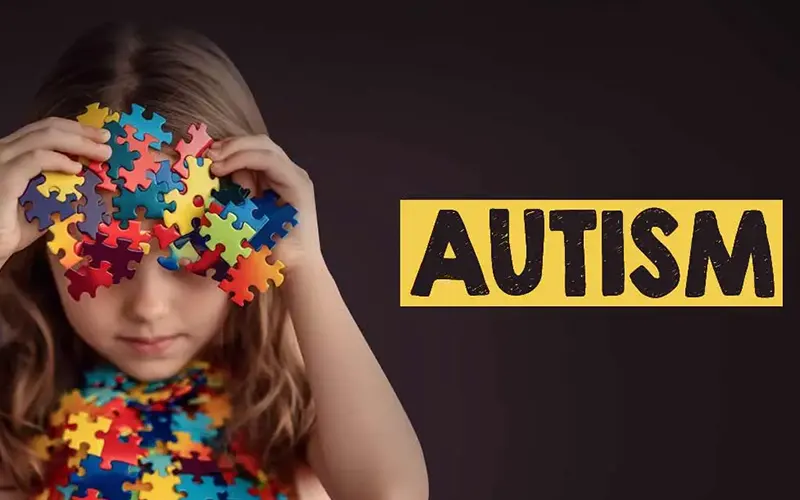Autism, also referred to as Autism Spectrum Disorder (ASD), is a complex neurodevelopmental condition that affects how a person communicates, interacts, and experiences the world. In the United States, increasing awareness and improved diagnosis have led to better support for individuals with autism and their families. Yet, there’s still much to learn and do when it comes to understanding and embracing neurodiversity.

What Is Autism?
Autism is a spectrum disorder, meaning it affects individuals differently and to varying degrees. While some people with autism may require significant support in daily life, others may live independently and pursue professional careers. Common characteristics of autism include:
- Challenges with social interactions and communication
- Repetitive behaviors or routines
- Strong interests in specific topics
- Sensory sensitivities (to light, sound, textures, etc.)
ASD is typically diagnosed in early childhood, though in some cases, individuals may not receive a diagnosis until later in life—especially if symptoms are mild.
Causes and Risk Factors
There is no single known cause of autism. Instead, researchers believe it results from a combination of genetic and environmental factors. Risk factors may include:
- Family history of autism
- Genetic mutations or chromosomal conditions
- Prenatal exposure to certain medications or toxins
- Advanced parental age at the time of conception
It’s important to note that vaccines do not cause autism, a myth that has been repeatedly debunked by scientific studies.
How Autism Is Diagnosed
Early diagnosis can make a significant difference in the life of someone with autism. In the U.S., developmental screening is usually conducted at well-child visits. If signs are observed, a child may be referred for a comprehensive evaluation by specialists such as developmental pediatricians, neurologists, or child psychologists.
Diagnosis typically involves:
- Observing behavior and development
- Interviews with caregivers
- Standardized tests and questionnaires
The earlier autism is identified, the sooner interventions can begin—improving outcomes in communication, learning, and independence.
Treatment and Support Options
There is no cure for autism, but early intervention and personalized therapy can significantly improve a person’s quality of life. Common treatment options include:
- Applied Behavior Analysis (ABA): A structured approach that helps improve social, academic, and life skills.
- Speech and language therapy: Assists with communication challenges.
- Occupational therapy: Focuses on motor skills and daily living tasks.
- Social skills training: Helps individuals build connections and navigate relationships.
- Medications: May be used to manage symptoms such as anxiety, hyperactivity, or mood instability.
Support extends beyond medical treatment—education plans, vocational training, community programs, and caregiver support all play critical roles.
Living with Autism
People with autism can thrive with the right support. Many individuals on the spectrum develop meaningful relationships, pursue higher education, hold jobs, and contribute positively to their communities. Promoting acceptance over mere awareness is key to creating inclusive environments.
Family support, school accommodations, and open communication can help children and adults with autism lead fulfilling lives. It’s also essential to celebrate their unique strengths and perspectives.
Autism Resources in the U.S.
Numerous organizations in the U.S. provide resources for families and individuals affected by autism:
- Autism Speaks
- The Autism Society of America
- CDC’s “Learn the Signs. Act Early” program
- Local Early Intervention Services (for children under 3)
- Individualized Education Programs (IEPs) through public schools
These services often include financial assistance, advocacy, education plans, and professional guidance.
Final Thoughts
Autism is not a disease to be “cured,” but a different way of experiencing the world. By promoting early diagnosis, personalized support, and community inclusion, we can ensure that individuals with autism are empowered to live rich, independent lives. In the U.S., a growing network of advocates, healthcare providers, and families continues to push for better services and greater understanding—moving from awareness to acceptance.
